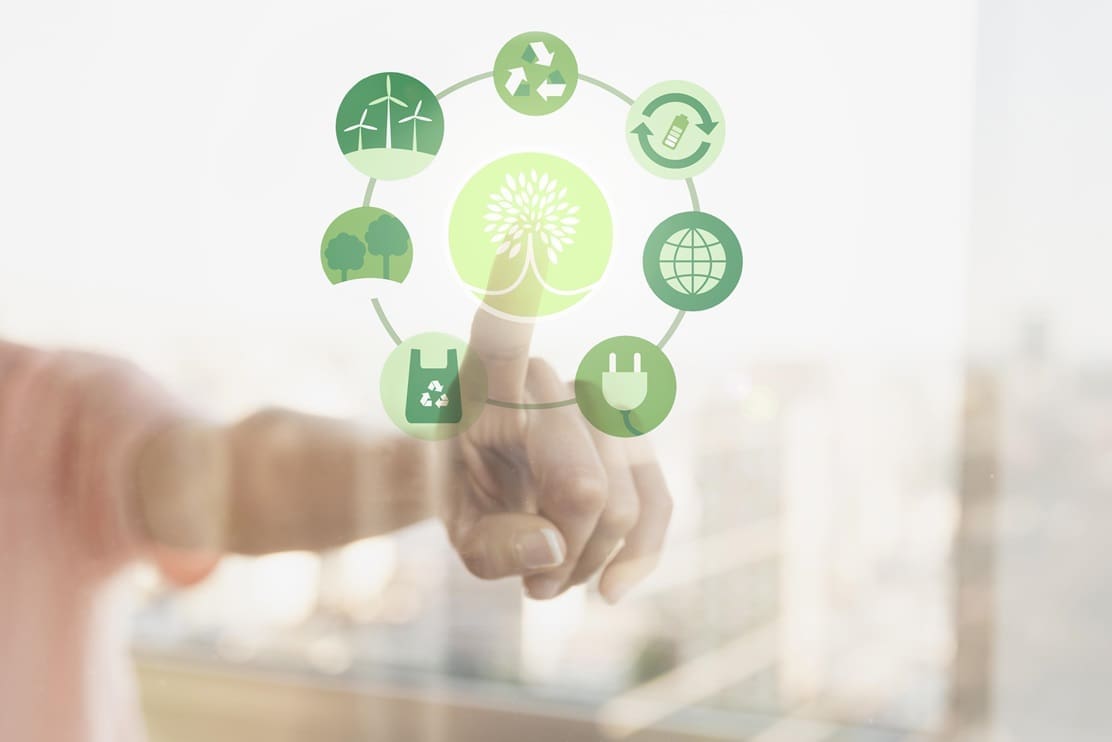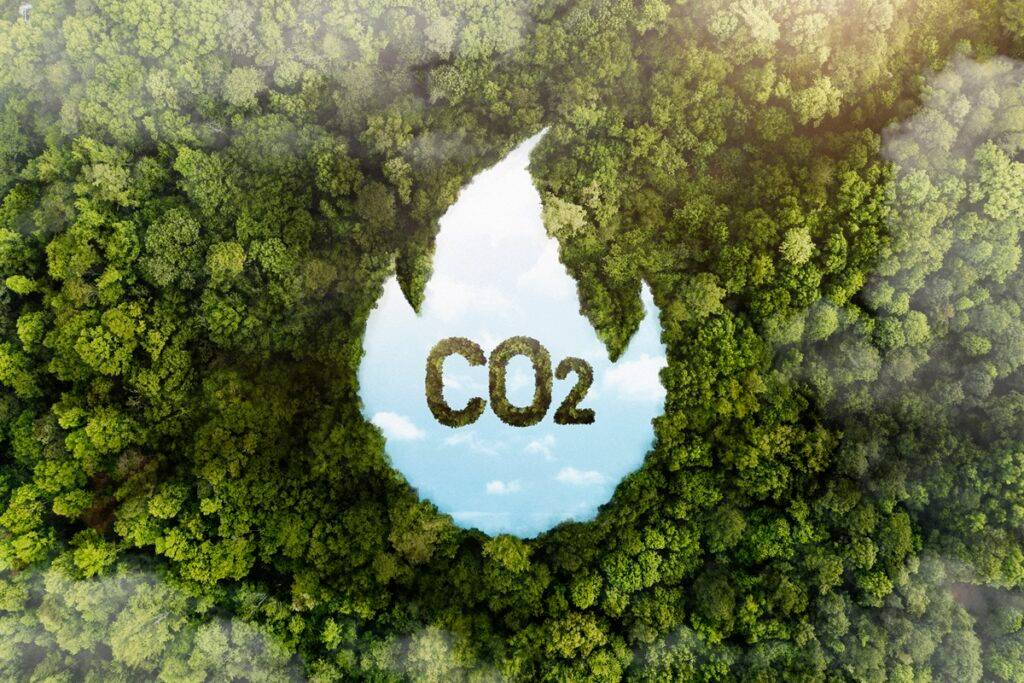Decarbonisation of the energy sector and development of renewable energy sources
 Decarbonisation of the energy sector
Decarbonisation of the energy sector
The European Union has set itself the goal of achieving climate neutrality by 2050. There are many important steps on the way to this goal, including the decarbonisation of the economy or investments in renewable energy sources. What is this process and how could it unfold in Poland?
Climate neutrality – i.e. achieving a state of equilibrium between greenhouse gas emissions and their natural uptake by forests, water bodies or soils – is one of the most significant challenges related to environmental protection and human impact on climate. Since the industrial revolution, human activity has caused a sharp increase in greenhouse gas emissions into the atmosphere. The energy sector is largely responsible for these emissions, as the economy cannot grow without energy. However, the development of RES gives hope that the decarbonisation of the industry, economy and energy sector could soon become a reality.
Decarbonisation of the energy sector – what is it?
Decarbonisation is a process that aims to minimise carbon dioxide emissions into the atmosphere. As this chemical compound is largely created by burning fossil fuels, particularly coal but also oil, decarbonisation of the energy sector involves a gradual reduction in the use of these fuels as an energy source. This process requires coordinated action on many fronts – whether national or governmental, local government or business level. This is because decarbonisation concerns not only energy producers and individual consumers, but also the entire economy, which is generating an increasing demand for energy.
The move towards decarbonisation involves a number of decisions, without which climate neutrality will remain just an empty declaration. It is primarily a matter of changing the way energy is produced and consumed and adapting the entire chain to renewable energy sources.
Climate neutrality as the goal of the European Union
As already mentioned, the European Union’s goal is to achieve climate neutrality by 2050. However, this process is broken down into stages, and one of the main points for verifying the pace at which the main goal is achieved will be the year 2030. By 2023, the Community planned to reduce greenhouse gas emissions by 55% compared to 1990 levels.
The EU economy is still one of the largest emitters of greenhouse gases in the world. However, the EU aims to take action to reduce emissions as part of its climate policy (Fit for 55, the European Green Deal) in order to become a global leader in reducing the negative environmental impact of greenhouse gas emissions. This action is intended to provide the impetus for other world powers – in particular China and the United States, collectively responsible for around 1/3 of global emissions – to take similar action to achieve global climate goals.

Decarbonisation in Poland
In the case of Poland, the decarbonisation process poses particular challenges, as the Polish economy is one of the most coal-dependent in Europe. Coal has been the primary source of electricity generation in our country for decades, and industries such as mining and coal-fired power generation have been highly developed.
Despite this, the process of decarbonisation of the energy sector in Poland has been underway for many years. Over the past three decades, the number of coal mines operating on the Vistula River has significantly decreased, and according to EY, Poland reduced its greenhouse gas emissions by nearly 35% between 1988 and 2014.
According to preliminary data from PSE, ARE and ENTSOE, the share of coal in electricity generation in Poland in 2023 has fallen to 63%, the lowest in the 100-year history. As recently as 2015, the figure was 87%, which demonstrates the pace at which decarbonisation is progressing in Poland. However, given the objectives that the Polish economy has to achieve, especially in the context of the EU’s aspirations for climate neutrality by 2050, there is still a huge amount of work to be done if we want to be able to talk about real decarbonisation of the Polish economy.
Use of alternative energy sources in the decarbonisation process
Low-carbon energy sources such as nuclear, wind, hydro or geothermal energy have an important role to play in the decarbonisation process. One of the basic strategies for decarbonisation is to increase the use of renewable energy sources and to invest in RES. Here, too, the European Union is setting itself ambitious targets, aiming for at least 42.5% of energy consumed in the EU to come from renewable sources by 2030. In 2022, this was approx. 23%. The leaders in renewable energy use in 2022 were Sweden (66% share of renewable energy in total consumption), Finland (47.9%), Latvia (43.3%) and Denmark (41.6%). The figure for Poland was 16.9%.
Energy flexibility as a key to RES success
Changes to increase the role of RES in the energy mix mean investments such as the construction of wind power stations, photovoltaic farms, but the changes also concern processes such as electricity transmission. Indeed, it is increasingly the case that the grid connection point (GCP) plays the role not only of supplying energy, but also of receiving and redirecting it from distributed energy producers, i.e. from photovoltaic farms. The GCP receives and redirects surplus electricity to other parts of the power grid. However, this is only possible if the grid is adequately interconnected, with power poles and connections between power stations, substations and consumers available.
The development of the electricity transmission grid described above is inextricably linked to the concept of energy flexibility. It is a process aimed at adapting the power system to changes in electricity generation and distribution patterns. Flexibility is necessary to manage the fluctuations associated with RES generation and to ensure grid stability. Grid density and investment in grid development are very important elements of efforts to increase the role of RES in the energy sector.